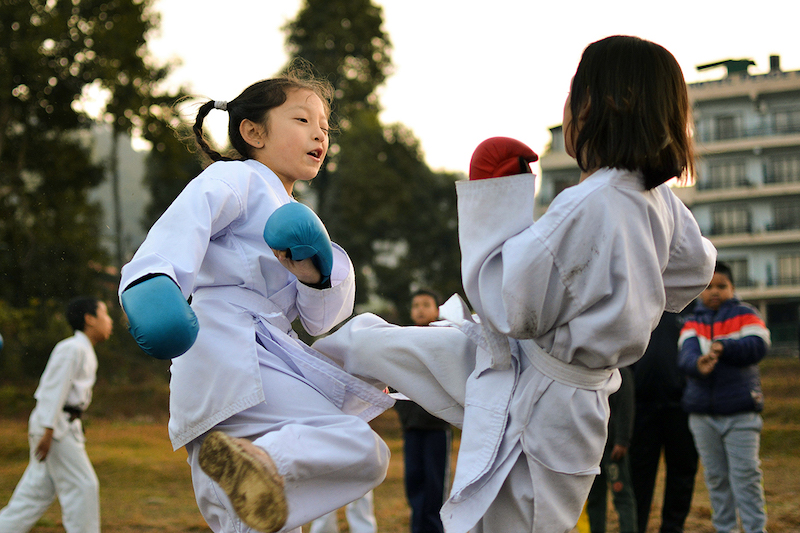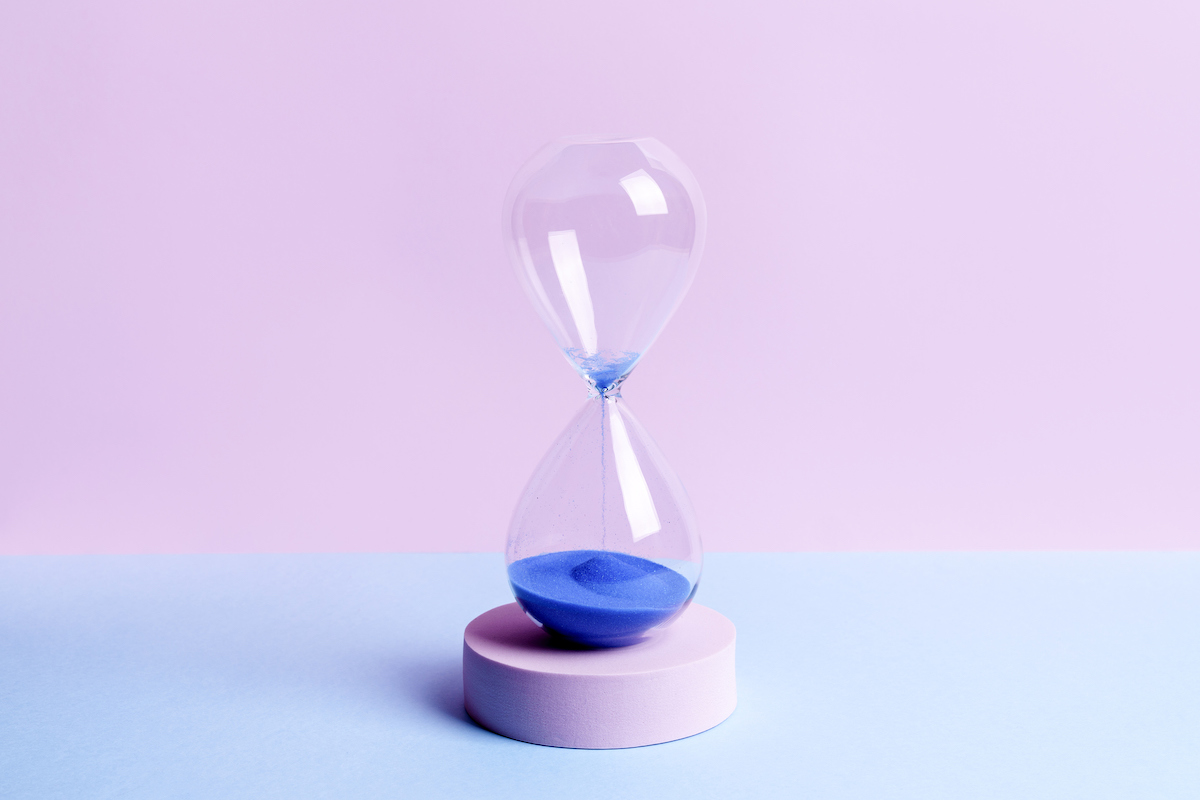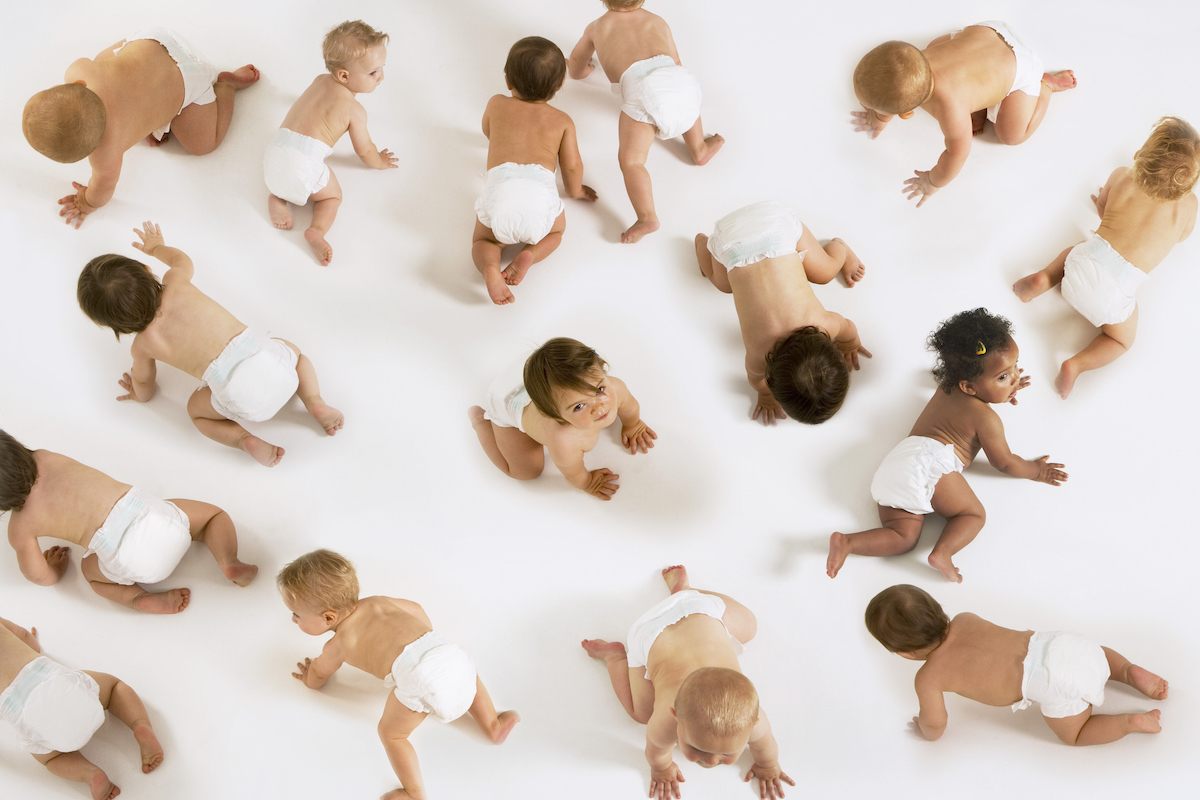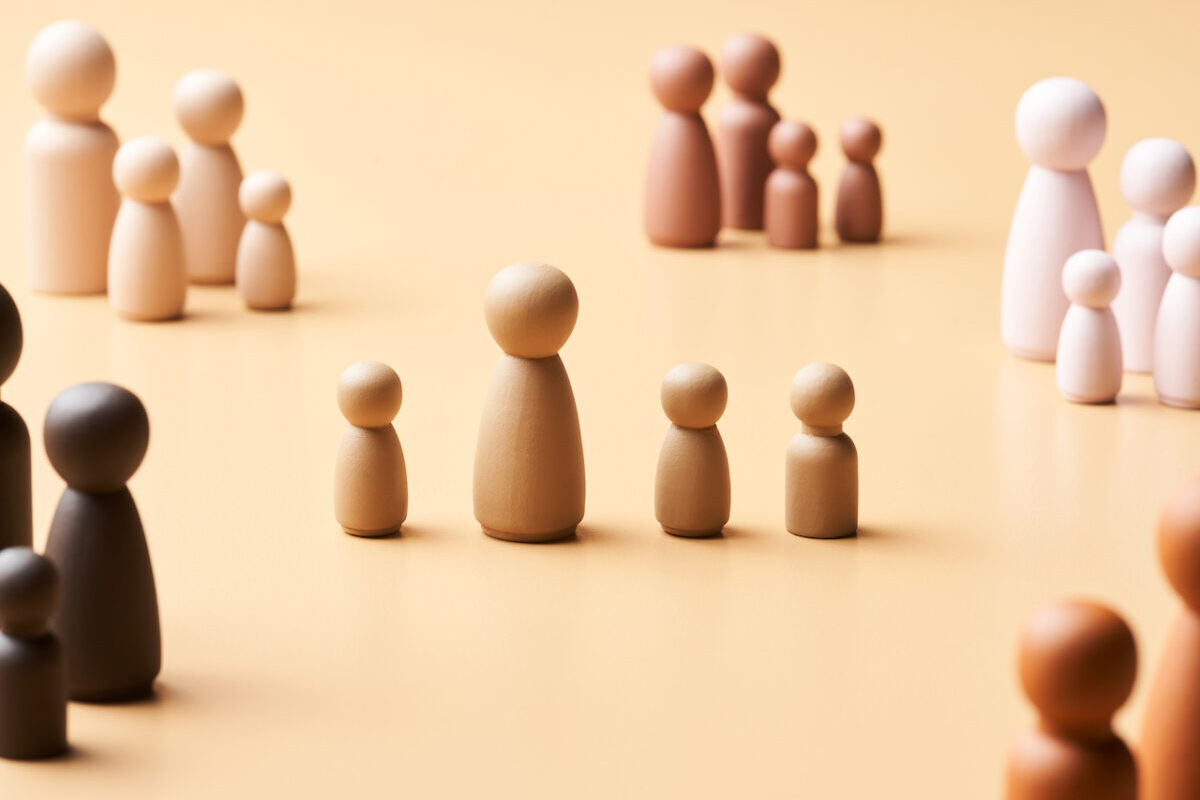Are there any good studies or any good data about whether having siblings actually is better for you through the course of your life? I have three siblings and I’m not close with any of them, but all of my friends seem obsessed with giving their kids siblings. I just want to know if anyone has really studied this, because it seems like in some cases, if not a lot of cases, the siblings are more stressed than help.
—One-and-done mom
No, there are no good studies that tell you the right number of kids to have.
Researchers have asked this question — are there systematic differences across kids with more or less siblings? — but there isn’t anything conclusive. On one hand, people have suggested that kids with fewer siblings get more parental investment. It’s true that firstborn children tend to get more attention and (on average) do better in school. But that seems to be a birth-order effect more than a number-of-siblings effect.
On the flip side is the concern that only children will have odd personalities. But data doesn’t suggest any strong systematic personality differences.
The answer above is the one I give in Cribsheet, and it’s my standard answer when people ask how many kids is right for them. You actually are asking a slightly different question, though, which is whether having siblings is somehow an important thing you give your children, perhaps benefiting them when they are adults.
There is plenty of research on adult sibling relationships, and the short answer is … it varies. Some people are very close to their siblings and cannot imagine life without them. Other people have terrible, toxic sibling relationships. For still others, their feelings about their siblings are neutral. I suspect our own relationships with our siblings influence how we see the value for our kids. But there is no way to know if the outcomes will be the same.
Bottom line: Ignore the noise and enjoy your (one-and-done) kiddo.
Community Guidelines
















Log in